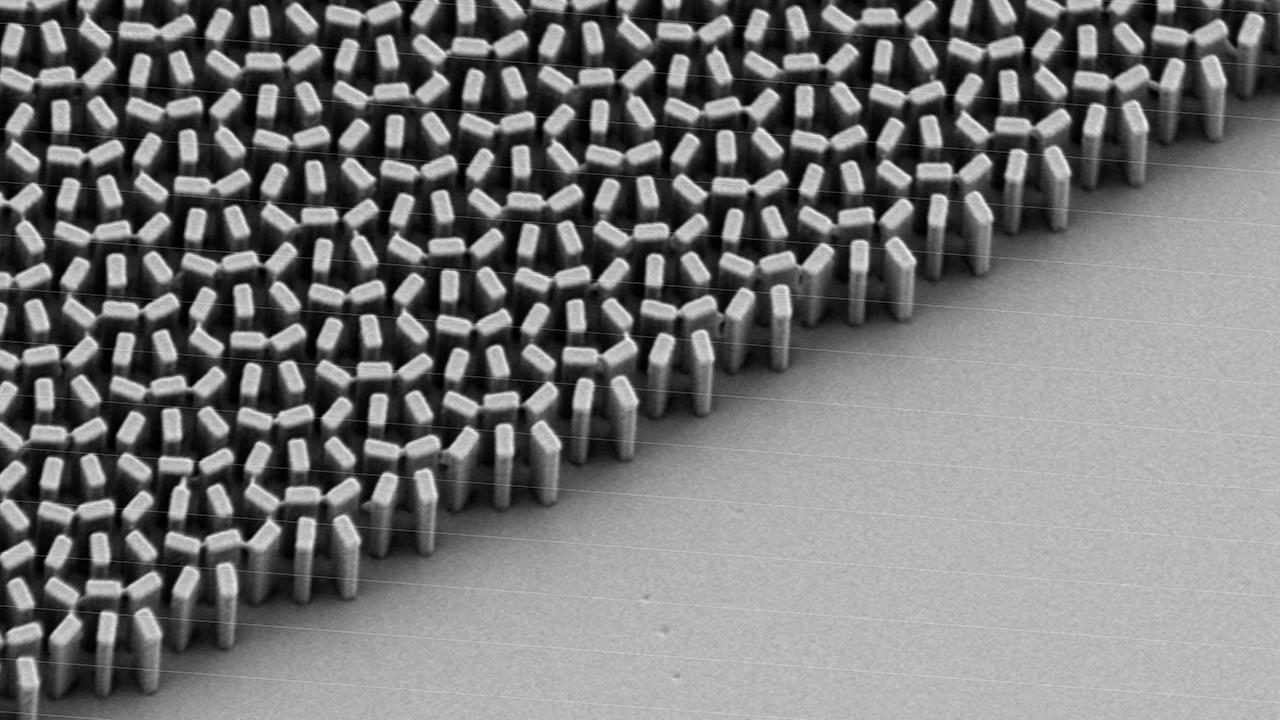
New advanced technology introduces Metalens that can focus on all colors of rainbow
Recently the first single lens that can focus on the whole visible spectrum including the white light in the same place and with high resolution is developed by a team of researchers of Harvard John A. Paulson School of Engineering and Applied Sciences (SEAS). Metalenses are thin flat surfaces that use nanostructure to focus light which promises to transform optics by substituting these curved bulky in optical devices with a flat surface lenses. These metalenses can focus well and have remained restricted in the spectrum of light.
Federico Capasso, Professor of Applied Physics and Vinton Hayes senior research fellow, says that metalenses have various advantages over conventional lenses. They continued that these are thin, cost-effective and easy to make. This finding extends those benefits across the entire visible range of light. They called it the next big step. Cameras and other optical instruments use multiple curved lenses of different thicknesses and materials to correct these differences which adds weight to the devices.
Focusing the complete visible spectrum and the combination of all the colours of the spectrum. It is so challenging because each wavelength moves through materials at various pace. The metalenses recently created use patterns of titanium dioxide nanofins to focus evenly on the wavelengths of light. According to the previous study different wavelengths of light could be focused but to varying distances by optimising the width, length, shape and height of the nanofins.
In the advanced model, the investigators created units of joined nanofins that simultaneously control the speed of different wavelengths of light. To ensure that all the wavelengths reach the focal spot at the same time these nanofins control the refractive index on the metasurface and are harmonized to result in various time delays for the light passing through different fins.
Wei Ting Chen, a postdoctoral fellow at SEAS, said that this was one of the greatest challenges in designing achromatic broadband lens is to make sure that the outgoing wavelength arrives at the same focal point from all the different points of the metalens. By using the achromatic lens, scientists can perform high-quality white light imaging. This is one step closer combining them into common optical devices like cameras.
The scientists intend to scale up the lens to approximate 1 cm in diameter. This would give us new opportunities such as augmented reality and virtual applications. A member of National Nanotechnology Infrastructure performed this work at Center of Nanoscale systems supported by the National Science Foundation.

